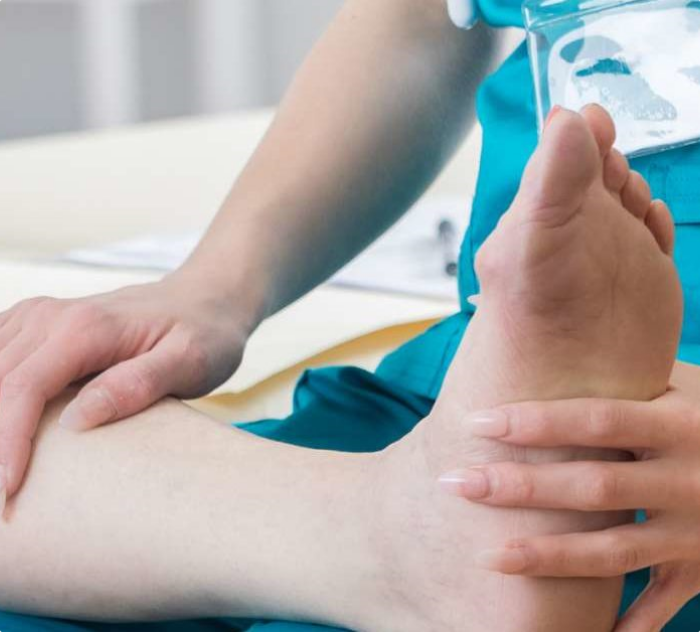Peripheral Artery Disease

Peripheral Artery Disease (PAD)
Peripheral Artery Disease (PAD) is a common circulatory problem in which narrowed arteries reduce blood flow to your limbs. PAD is a form of atherosclerosis, a condition characterized by the buildup of fatty deposits (plaques) in your arteries.
Many people with PAD experience symptoms like leg pain while walking (claudication), numbness, weakness, or coldness in your lower leg or foot, especially when compared with the other side.
PAD can lead to critical limb ischemia and increases the risk of heart attack and stroke. It’s important to recognize the signs early and seek appropriate medical care.
Treatment for PAD includes lifestyle changes, medications, and sometimes surgical procedures. Improving diet, quitting smoking, and regular exercise can help manage the symptoms and reduce risks. Medications may include cholesterol-lowering drugs, blood pressure medications, and medications to prevent blood clots. In severe cases, angioplasty or bypass surgery might be recommended.
Preventing PAD involves managing risk factors like high blood pressure, high cholesterol, diabetes, and smoking. Regular check-ups and maintaining a healthy lifestyle are key to prevention and early detection.
Commonly asked questions about peripheral arterial disease:
You could have peripheral arterial disease without realizing it. The condition often doesn’t cause symptoms, or the symptoms you do have are so mild you don’t think anything of them.
When peripheral arterial disease causes symptoms, the main one is claudication, meaning you experience pain or cramps in your leg muscles when walking that typically go away when you rest.
Advanced peripheral arterial disease may cause pain at rest, making it difficult to sleep or cause problems with wounds and healing.
You could experience this pain in any part of your leg, depending on where the arterial blockage is, but most often it affects the calf. Pain can be mild or become so severe it affects your ability to walk.
Other symptoms of peripheral arterial disease that affect your legs and feet include:
- Numbness or weakness
- Coldness in the lower leg
- Sores that won’t heal
- Change in skin color
- Hair loss or slow hair growth
- Slow-growing toenails
- Shiny skin
- Weak pulse in your legs
- Erectile dysfunction
The team at Tinsley Surgical can screen you for peripheral arterial disease. Screening is recommended if you’re over 65, over 50 and have diabetes or smoke, or are under 50 but have several risk factors for peripheral arterial disease.

